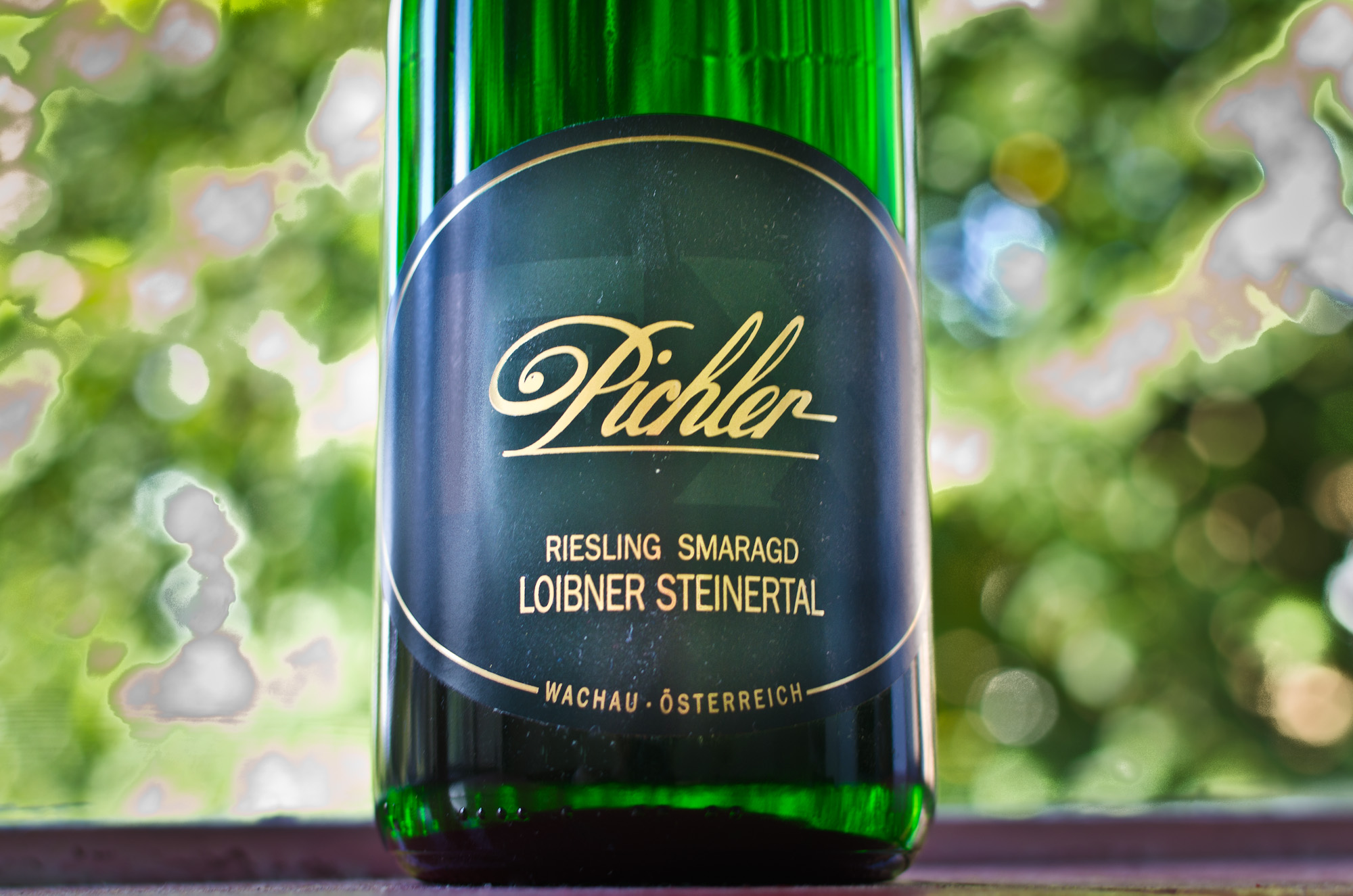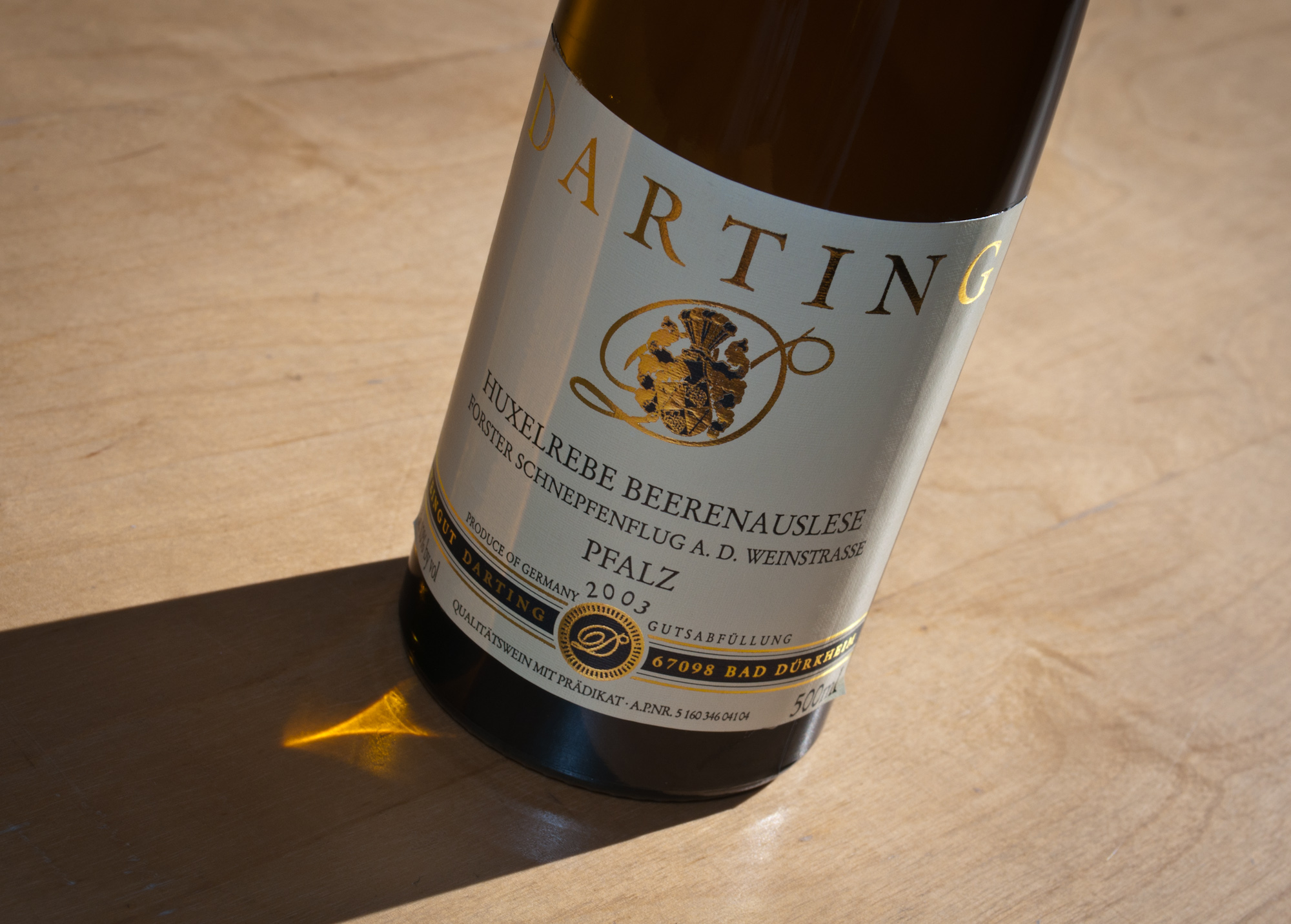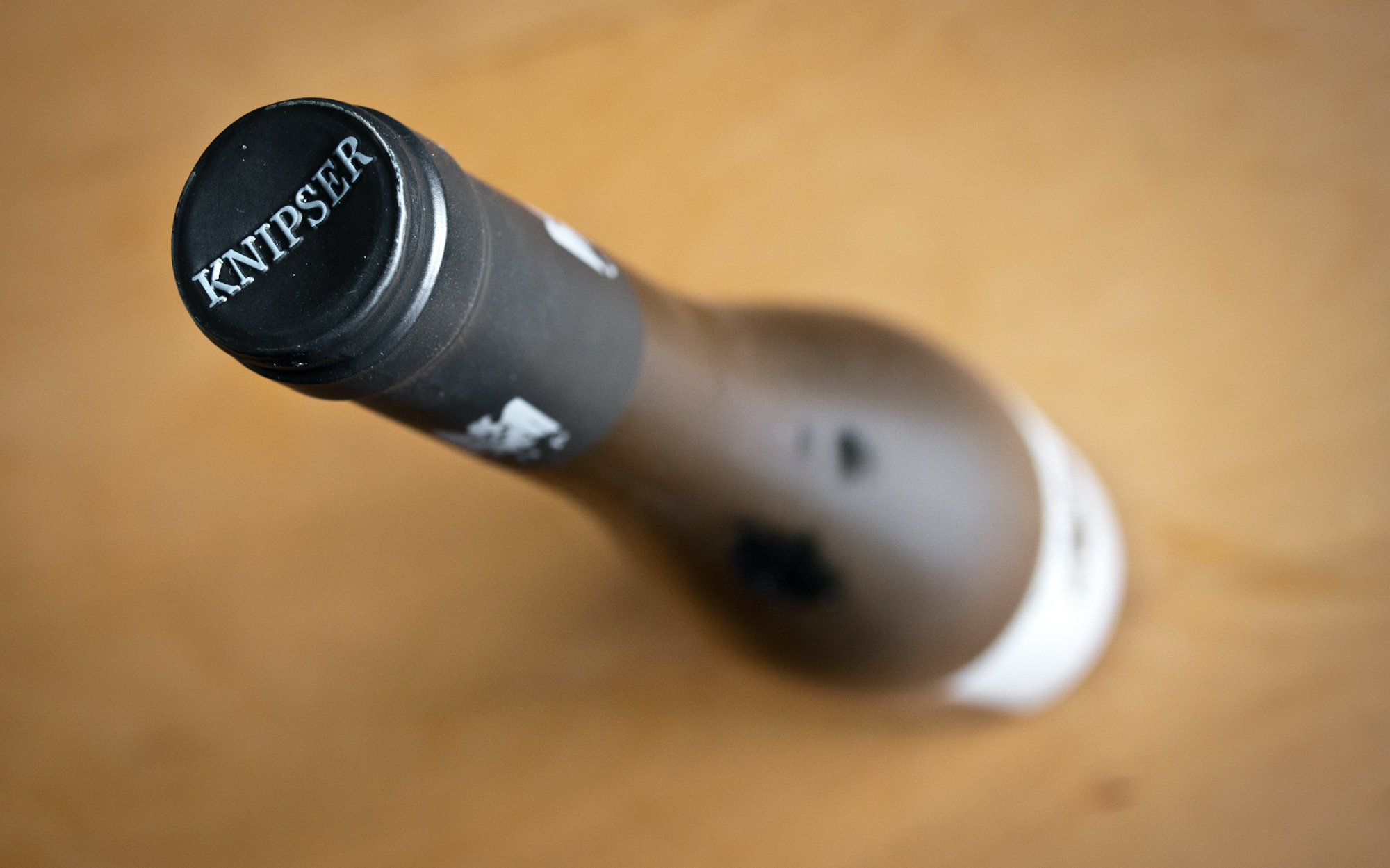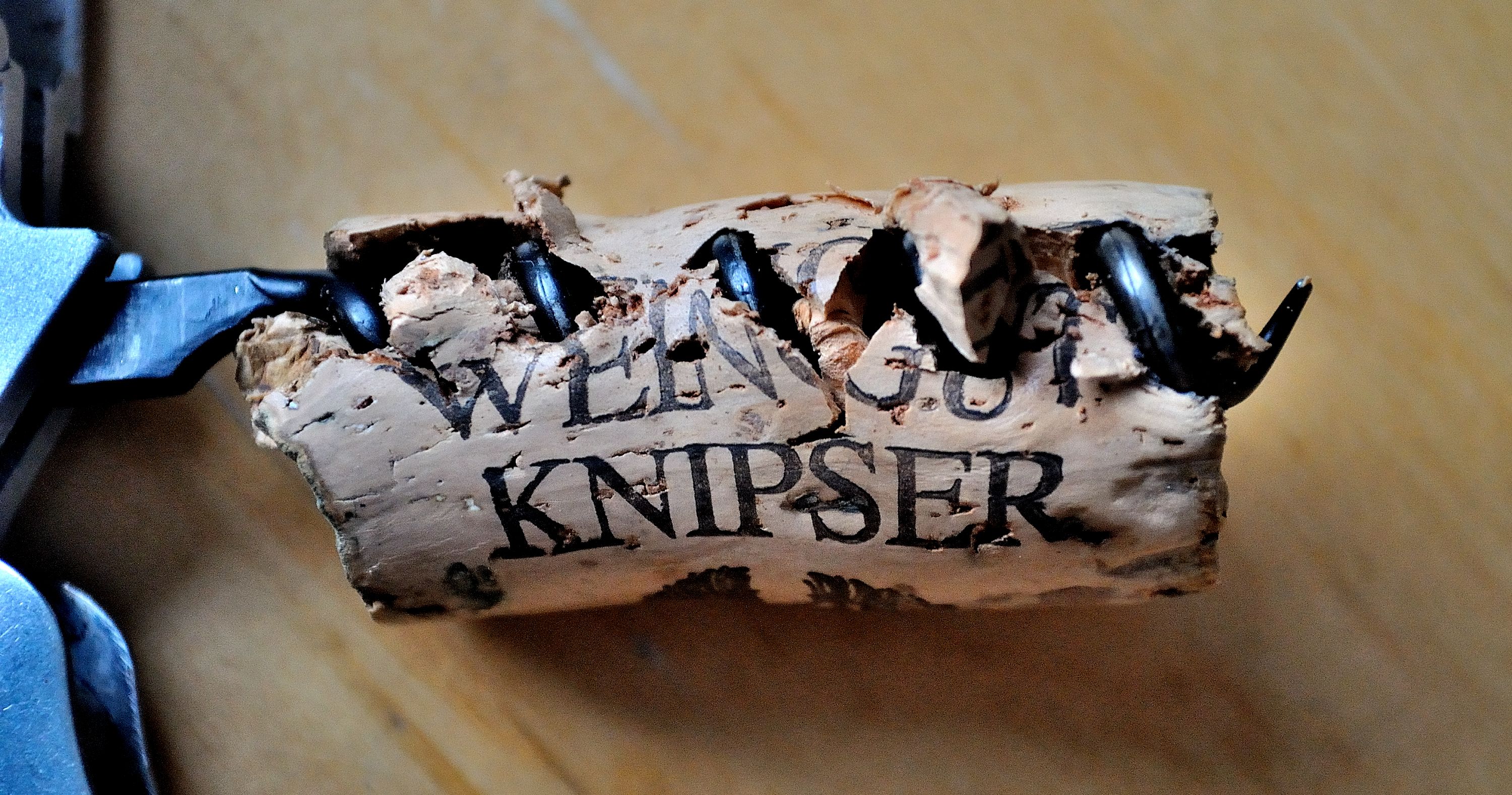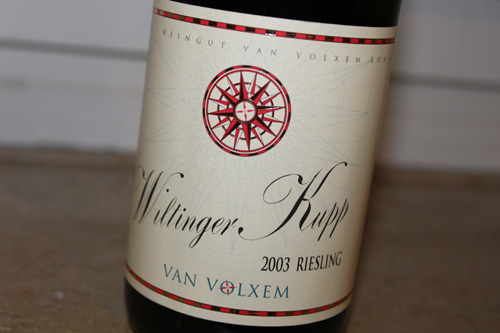Bodegas Mauro, Vendimia Seleccionada 2003
A busy year is coming to an end. I could write about how busy it was, but the very slow trickle of posts on the Wine Rambler makes that obvious enough. Instead I feel like leaning back, pouring myself a comforting wine and relax. A wine with substance and soothing qualities, something with a personal connection but less intellectual challenge than the Rieslings I love so much. It is time to open a special red wine that had been sitting in my cellar waiting for a moment like this. 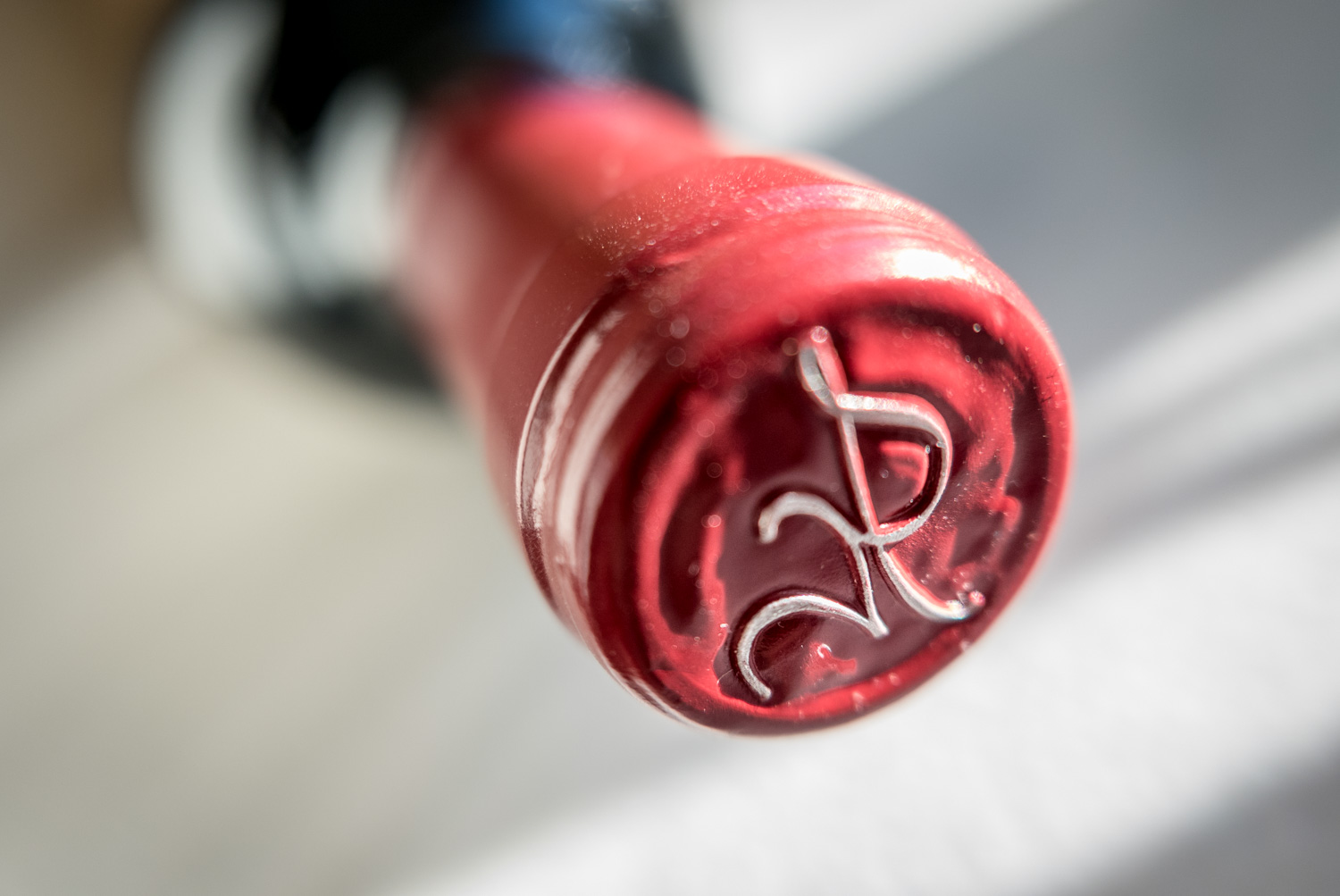 Or maybe his is just a pretentious way of saying: after maybe five years stored in a wardrobe I feared the Mauro really needed drinking.
Or maybe his is just a pretentious way of saying: after maybe five years stored in a wardrobe I feared the Mauro really needed drinking.


